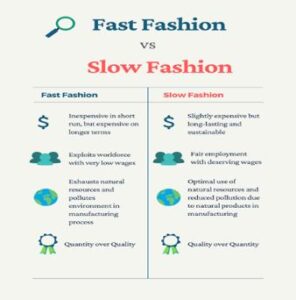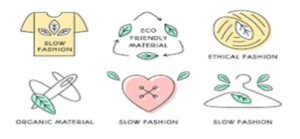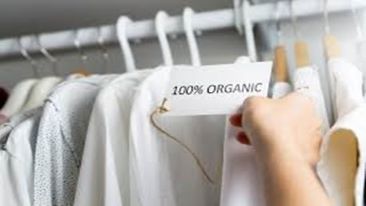Fashion and the Environment: How to Stay Stylish and Save the Planet.
Slow fashion is the best way of embracing quality over quantity.
It is investing in well-made and durable clothing.
In a world dominated by fast fashion, the environmental toll is becoming impossible to ignore—
water pollution, textile waste, and carbon emissions are just the tip of the iceberg.
But is there a way to stay fashionable and still save the planet? Let’s find out.
We are set to explore how slow fashion offers an eco-friendly alternative to fast fashion’s harmful practices,
and provides actionable tips for embracing a sustainable lifestyle.
What Is Slow Fashion?
In the simplest way, slow fashion is the opposite of fast fashion, but let’s emphasize more.
Slow fashion is the best way of embracing quality over quantity. It is investing in well-made and durable clothing.
It is also about supporting ethical brands that prioritize eco-friendly materials and fair labor practices.
Slow fashion isn’t just a trend—it’s a mindset shift that encourages us to respect the resources, people, and ecosystems involved in clothing production.
Why Slow Fashion Matters
Adopting slow fashion can help solve many of the environmental problems caused by fast fashion. Here’s how:
1. Reduces Water Usage
- Slow fashion brands often use organic cotton, hemp, or recycled fabrics, which require significantly less water.
- They avoid water-intensive processes like toxic fabric dyeing by using plant-based dyes or digital printing methods.
2. Minimizes Textile Waste
- Instead of discarding clothes after a few wears, slow fashion promotes creating garments built to last.
- It encourages reusing, recycling, and upcycling old clothes, reducing the 92 million tons of textile waste generated annually.
3. Lowers Carbon Emissions
- Many slow fashion brands operate locally, reducing the carbon footprint associated with shipping.
- They use renewable energy sources in manufacturing, unlike fast fashion factories reliant on fossil fuels.
4. Promotes Ethical Practices
- Workers in the slow fashion industry are paid fairly and work in safe conditions, eliminating the exploitation common in fast fashion.

How to Embrace Slow Fashion
- Invest in quality garments made from durable materials like organic cotton, linen, or wool.
- Support brands committed to eco-friendly practices and explore local artisans or brands focused on handcrafted, sustainable designs.
- Buy Second-Hand or Vintage. This reduces the demand for new production and gives clothes a second life.
- Create a Capsule Wardrobe.
- Repair and Upcycle Clothes
Benefits of Slow Fashion
- Eco-Friendly: Reduces pollution and conserves natural resources.
- Cost-Effective: Although slow fashion items may have a higher upfront cost, they save money in the long run due to their durability.
- Unique Style: Slow fashion focuses on craftsmanship, offering one-of-a-kind designs.
- Ethical Impact: Supports fair labor and humane working conditions.
Conclusion:
Slow fashion is more than a solution to the harmful effects of fast fashion—it’s a commitment to a more thoughtful and responsible way of living.

By choosing quality over quantity, supporting ethical brands, and embracing sustainable habits, we can reduce our environmental footprint and protect the planet for future generations.
Stay informed about the environmental impact of the fashion industry.
Share your journey into slow fashion with friends and family to inspire them to join the movement.
Your style should tell a story—one of care, consciousness, and creativity.
So why not make slow fashion the next chapter in your journey?
Also Read: How Your Wardrobe Is Draining the Planet: – Diademng
Fashion and the Environment: How to Stay Stylish and Save the Planet.

















I was suggested this web site by my cousin Im not sure whether this post is written by him as no one else know such detailed about my trouble You are incredible Thanks